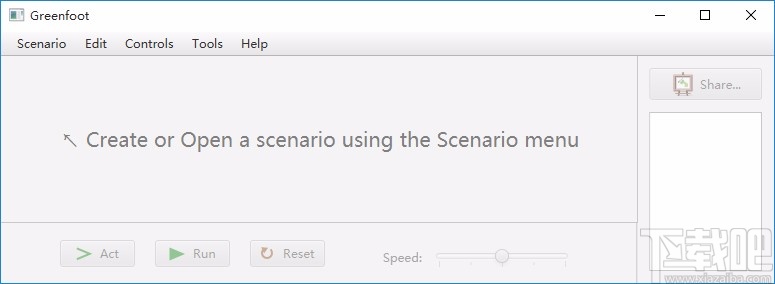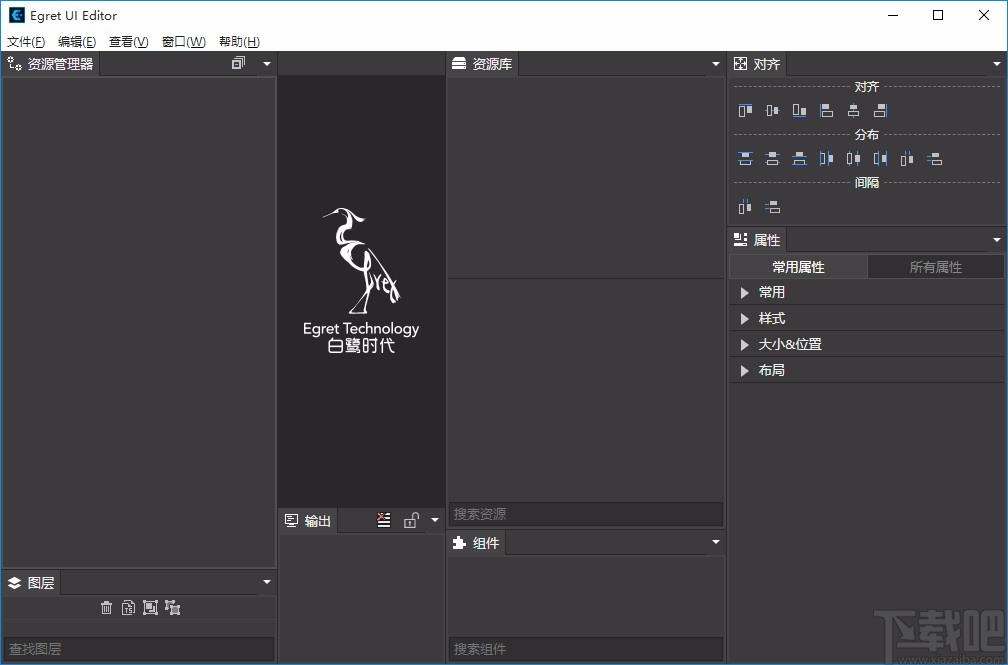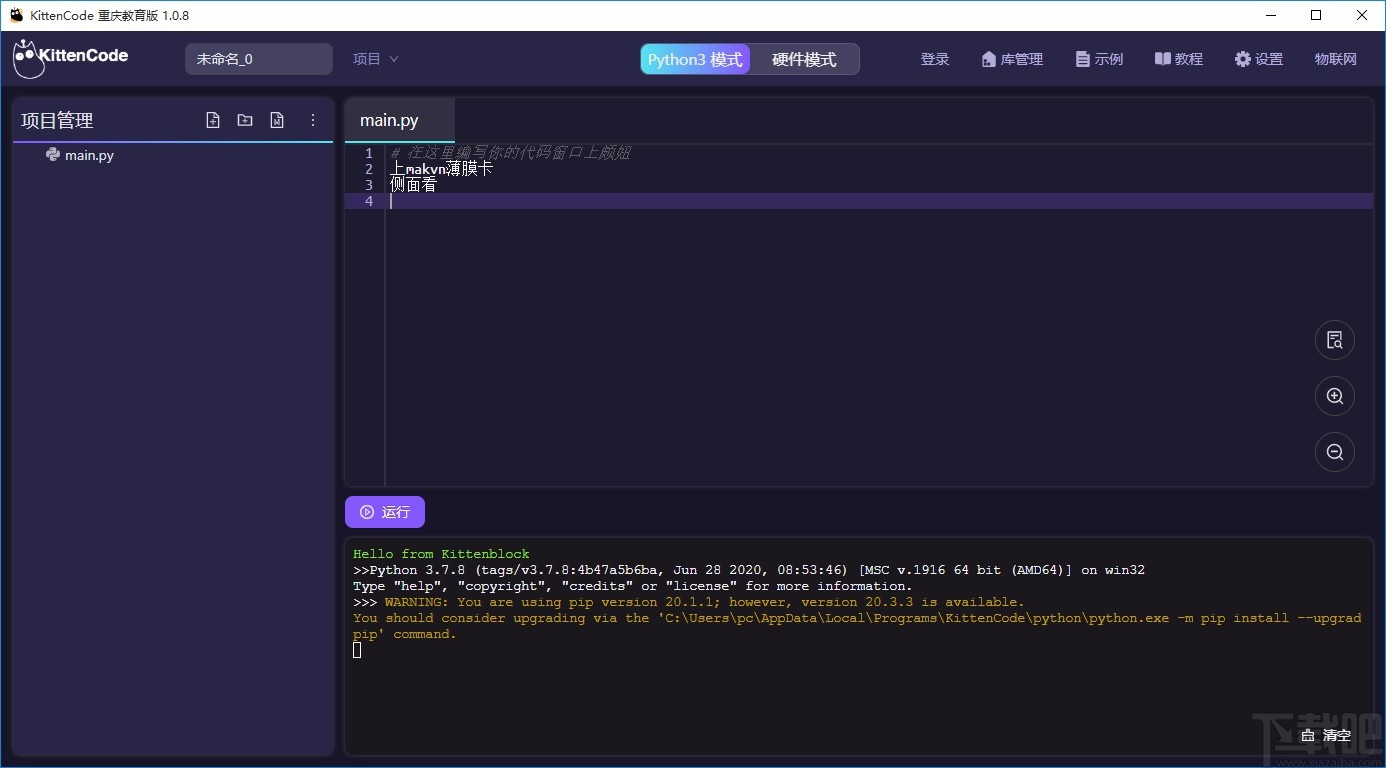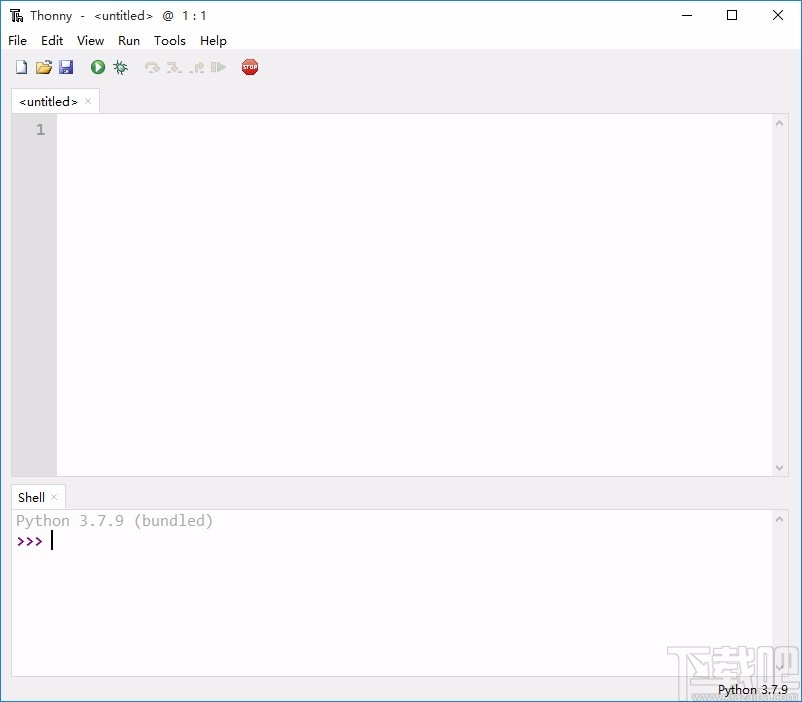Network Working Group M. Crawford
Request for Comments: 2673 Fermilab
Category: Standards Track August 1999
Binary Labels in the Domain Name System
Status of this Memo
This document specifies an Internet standards track protocol for the
Internet community, and requests discussion and suggestions for
improvements. Please refer to the current edition of the "Internet
Official Protocol Standards" (STD 1) for the standardization state
and status of this protocol. Distribution of this memo is unlimited.
Copyright Notice
Copyright (C) The Internet Society (1999). All Rights Reserved.
1. IntrodUCtion and Terminology
This document defines a "Bit-String Label" which may appear within
domain names. This new label type compactly represents a sequence of
"One-Bit Labels" and enables resource records to be stored at any
bit-boundary in a binary-named section of the domain name tree.
The key Words "MUST", "MUST NOT", "REQUIRED", "SHALL", "SHALL NOT",
"SHOULD", "SHOULD NOT", "RECOMMENDED", "MAY", and "OPTIONAL" in this
document are to be interpreted as described in [KWORD].
2. Motivation
Binary labels are intended to efficiently solve the problem of
storing data and delegating authority on arbitrary boundaries when
the structure of underlying name space is most naturally represented
in binary.
3. Label Format
Up to 256 One-Bit Labels can be grouped into a single Bit-String
Label. Within a Bit-String Label the most significant or "highest
level" bit appears first. This is unlike the ordering of DNS labels
themselves, which has the least significant or "lowest level" label
first. Nonetheless, this ordering seems to be the most natural and
efficient for representing binary labels.
Among consecutive Bit-String Labels, the bits in the first-appearing
label are less significant or "at a lower level" than the bits in
subsequent Bit-String Labels, just as ASCII labels are ordered.
3.1. Encoding
0 1 2
0 1 2 3 4 5 6 7 8 9 0 1 2 3 4 5 6 7 8 9 0 1 2 . . .
+-+-+-+-+-+-+-+-+-+-+-+-+-+-+-+-+-+-+-+-+-+-+-+-//+-+-+-+-+-+-+
0 1 ELT Count Label ...
+-+-+-+-+-+-+-+-+-+-+-+-+-+-+-+-+-+-+-+-+-+-+-+//-+-+-+-+-+-+-+
(Each tic mark represents one bit.)
ELT 000001 binary, the six-bit extended label type [EDNS0]
assigned to the Bit-String Label.
Count The number of significant bits in the Label field. A Count
value of zero indicates that 256 bits are significant.
(Thus the null label representing the DNS root cannot be
represented as a Bit String Label.)
Label The bit string representing a sequence of One-Bit Labels,
with the most significant bit first. That is, the One-Bit
Label in position 17 in the diagram above represents a
subdomain of the domain represented by the One-Bit Label in
position 16, and so on.
The Label field is padded on the right with zero to seven
pad bits to make the entire field occupy an integral number
of octets. These pad bits MUST be zero on transmission and
ignored on reception.
A sequence of bits may be split into two or more Bit-String Labels,
but the division points have no significance and need not be
preserved. An excessively clever server implementation might split
Bit-String Labels so as to maximize the effectiveness of message
compression [DNSIS]. A simpler server might divide Bit-String Labels
at zone boundaries, if any zone boundaries happen to fall between
One-Bit Labels.
3.2. Textual Representation
A Bit-String Label is represented in text -- in a zone file, for
example -- as a <bit-spec> surrounded by the delimiters "[" and "]".
The <bit-spec> is either a dotted quad or a base indicator and a
sequence of digits appropriate to that base, optionally followed by a
slash and a length. The base indicators are "b", "o" and "x",
denoting base 2, 8 and 16 respectively. The length counts the
significant bits and MUST be between 1 and 32, inclusive, after a
dotted quad, or between 1 and 256, inclusive, after one of the other
forms. If the length is omitted, the implicit length is 32 for a
dotted quad or 1, 3 or 4 times the number of binary, octal or
hexadecimal digits supplied, respectively, for the other forms.
In augmented Backus-Naur form [ABNF],
bit-string-label = "[" bit-spec "]"
bit-spec = bit-data [ "/" length ]
/ dotted-quad [ "/" slength ]
bit-data = "x" 1*64HEXDIG
/ "o" 1*86OCTDIG
/ "b" 1*256BIT
dotted-quad = decbyte "." decbyte "." decbyte "." decbyte
decbyte = 1*3DIGIT
length = NZDIGIT *2DIGIT
slength = NZDIGIT [ DIGIT ]
OCTDIG = %x30-37
NZDIGIT = %x31-39
If a <length> is present, the number of digits in the <bit-data> MUST
be just sufficient to contain the number of bits specified by the
<length>. If there are insignificant bits in a final hexadecimal or
octal digit, they MUST be zero. A <dotted-quad> always has all four
parts even if the associated <slength> is less than 24, but, like the
other forms, insignificant bits MUST be zero.
Each number represented by a <decbyte> must be between 0 and 255,
inclusive.
The number represented by <length> must be between 1 and 256
inclusive.
The number represented by <slength> must be between 1 and 32
inclusive.
When the textual form of a Bit-String Label is generated by machine,
the length SHOULD be eXPlicit, not implicit.
3.2.1. Examples
The following four textual forms represent the same Bit-String Label.
[b11010000011101]
[o64072/14]
[xd074/14]
[208.116.0.0/14]
The following represents two consecutive Bit-String Labels which
denote the same relative point in the DNS tree as any of the above
single Bit-String Labels.
[b11101].[o640]
3.3. Canonical Representation and Sort Order
Both the wire form and the text form of binary labels have a degree
of flexibility in their grouping into multiple consecutive Bit-String
Labels. For generating and checking DNS signature records [DNSSEC]
binary labels must be in a predictable form. This canonical form is
defined as the form which has the fewest possible Bit-String Labels
and in which all except possibly the first (least significant) label
in any sequence of consecutive Bit-String Labels is of maximum
length.
For example, the canonical form of any sequence of up to 256 One-Bit
Labels has a single Bit-String Label, and the canonical form of a
sequence of 513 to 768 One-Bit Labels has three Bit-String Labels of
which the second and third contain 256 label bits.
The canonical sort order of domain names [DNSSEC] is extended to
encompass binary labels as follows. Sorting is still label-by-label,
from most to least significant, where a label may now be a One-Bit
Label or a standard (code 00) label. Any One-Bit Label sorts before
any standard label, and a 0 bit sorts before a 1 bit. The absence of
a label sorts before any label, as specified in [DNSSEC].
For example, the following domain names are correctly sorted.
foo.example
[b1].foo.example
[b100].foo.example
[b101].foo.example
bravo.[b10].foo.example
alpha.foo.example
4. Processing Rules
A One-Bit Label never matches any other kind of label. In
particular, the DNS labels represented by the single ASCII characters
"0" and "1" do not match One-Bit Labels represented by the bit values
0 and 1.
5. Discussion
A Count of zero in the wire-form represents a 256-bit sequence, not
to optimize that particular case, but to make it completely
impossible to have a zero-bit label.
6. IANA Considerations
This document defines one Extended Label Type, termed the Bit-String
Label, and requests registration of the code point 000001 binary in
the space defined by [EDNS0].
7. Security Considerations
All security considerations which apply to traditional ASCII DNS
labels apply equally to binary labels. he canonicalization and
sorting rules of section 3.3 allow these to be addressed by DNS
Security [DNSSEC].
8. References
[ABNF] Crocker, D. and P. Overell, "Augmented BNF for Syntax
Specifications: ABNF", RFC2234, November 1997.
[DNSIS] Mockapetris, P., "Domain names - implementation and
specification", STD 13, RFC1035, November 1987.
[DNSSEC] Eastlake, D., 3rd, C. Kaufman, "Domain Name System Security
Extensions", RFC2065, January 1997
[EDNS0] Vixie, P., "Extension mechanisms for DNS (EDNS0)", RFC2671,
August 1999.
[KWORD] Bradner, S., "Key words for use in RFCs to Indicate
Requirement Levels," BCP 14, RFC2119, March 1997.
9. Author"s Address
Matt Crawford
Fermilab MS 368
PO Box 500
Batavia, IL 60510
USA
Phone: +1 630 840-3461
EMail: crawdad@fnal.gov
10. Full Copyright Statement
Copyright (C) The Internet Society (1999). All Rights Reserved.
This document and translations of it may be copied and furnished to
others, and derivative works that comment on or otherwise explain it
or assist in its implementation may be prepared, copied, published
and distributed, in whole or in part, without restriction of any
kind, provided that the above copyright notice and this paragraph are
included on all such copies and derivative works. However, this
document itself may not be modified in any way, such as by removing
the copyright notice or references to the Internet Society or other
Internet organizations, except as needed for the purpose of
developing Internet standards in which case the procedures for
copyrights defined in the Internet Standards process must be
followed, or as required to translate it into languages other than
English.
The limited permissions granted above are perpetual and will not be
revoked by the Internet Society or its successors or assigns.
This document and the information contained herein is provided on an
"AS IS" basis and THE INTERNET SOCIETY AND THE INTERNET ENGINEERING
TASK FORCE DISCLAIMS ALL WARRANTIES, EXPRESS OR IMPLIED, INCLUDING
BUT NOT LIMITED TO ANY WARRANTY THAT THE USE OF THE INFORMATION
HEREIN WILL NOT INFRINGE ANY RIGHTS OR ANY IMPLIED WARRANTIES OF
MERCHANTABILITY OR FITNESS FOR A PARTICULAR PURPOSE.
Acknowledgement
Funding for the RFCEditor function is currently provided by the
Internet Society.




